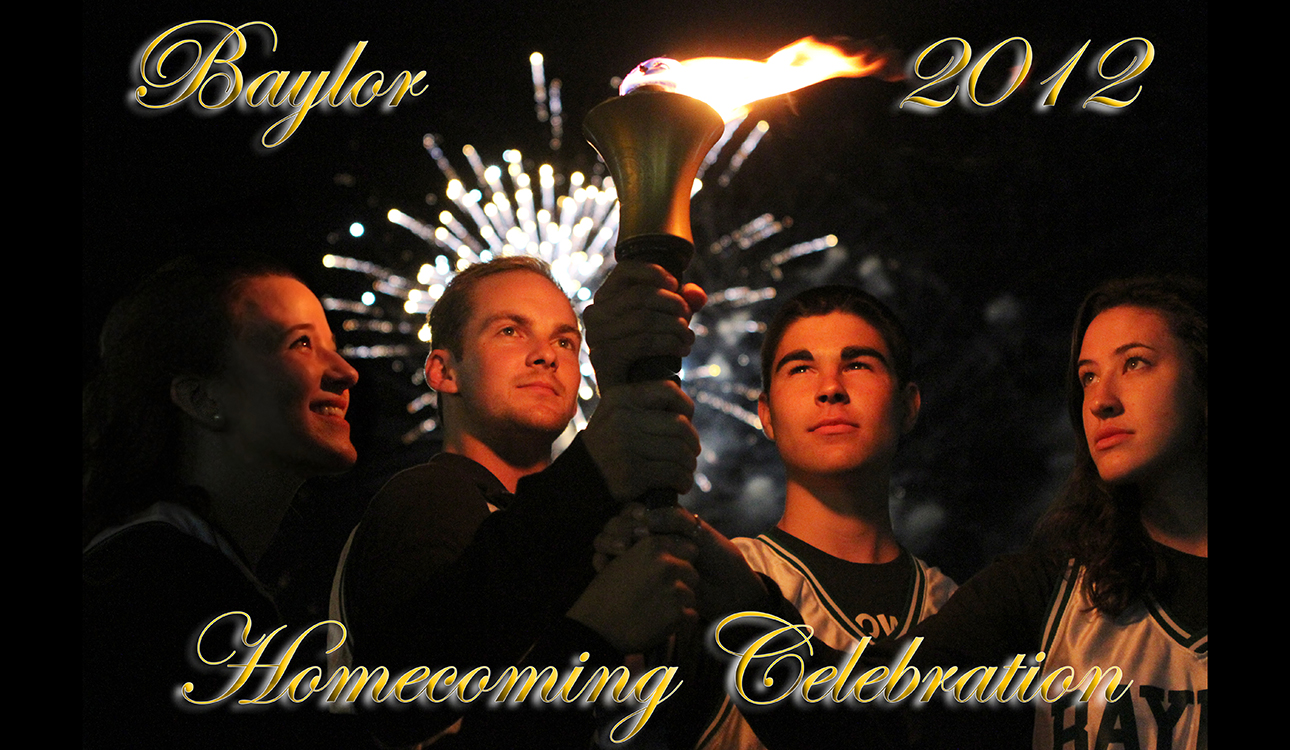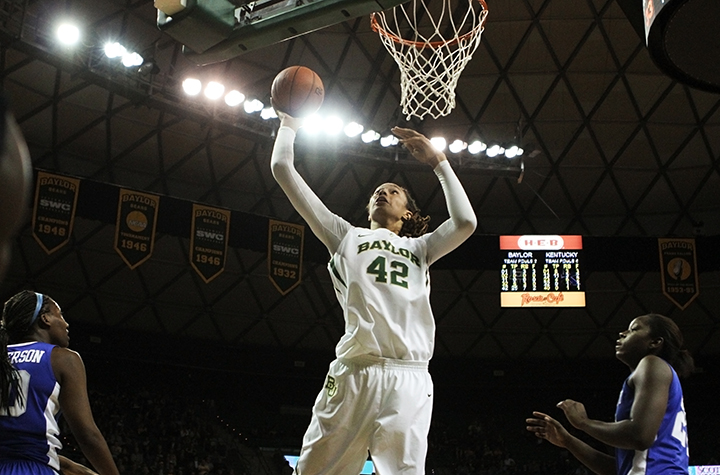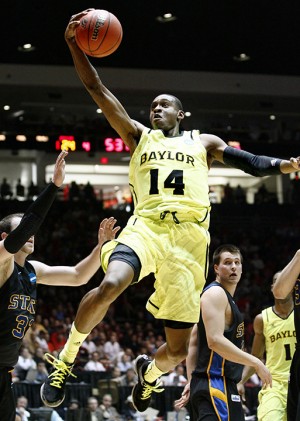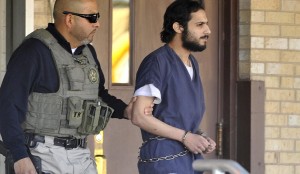By Connor Yearsley
The biker: capable of achieving speeds of 20-plus mph, capable of going from max speed to pain in less than one second, susceptible to blunt force trauma.
The pedestrian: capable of achieving top speeds of 12 to 15 mph, incapable of looking 360 degrees simultaneously, incapable of hearing inaudible bikes, incapable of taking flight or teleporting, capable of going from max speed to pain in less than one second, susceptible to blunt force trauma.
Thirty five percent of Americans will get hit by a bike at least once in their life (OK, I made that up, but 65 percent of statistics are made up anyway).
I hate to use this space to vent, or rant (whatever you want to call it), but I have that opportunity, so I think I’ll take advantage of it.
Bikers, for the love of all things, slow your roll.
I’ve had more than half a mind, on an excessive number of occasions, to throw my backpack in front of your front tire or stick a stick between your spokes.
Pedestrians shouldn’t have to be ever-vigilant, prepared to fling themselves out of the way at any moment because you only allotted 34.56 seconds to get from point A to point B.
You are not Moses and we are not the Red Sea.
If you’ve ever had any doubt about whether a bicycle-pedestrian collision is painful for both parties (maybe not the most accurate word in this case), let me remove it for you. I can, from firsthand experience, confirm the painfulness of being the “collisionee” at least, and I can imagine it’s not pleasant for the “collisioner” either.
When I was about 8 years old, I was hit from behind by a biker going way too fast. It went like this: crash!, I’m surprised, I go down, bike comes down on top, I get up, I look at kid, kid looks at me, we say nothing, kid gets back on bike, kid rides away, I’m stunned, I sit down, I try to make sense, I realize severe pain and blood.
Skin and blood were left on the pavement that day, and probably on the bike too.
I was attached to that skin and blood. I will never get those or the sleepless nights back.
Now, I would rather slow you down with writing than stop you cold with skin and blood. Hopefully, the former can prevent the latter.
But I got biked, and it took forever to clean the tire tracks off my forehead (OK, I made that part up). Nevertheless, it’s not an experience I care to relive and not one I recommend.
Like most kids, I was taught to look both ways before crossing the road. That experience taught me you might also need to look both ways before crossing the sidewalk. But even that’s not enough. Some of you seem to instantaneously materialize out of thin air, going a variety of speeds, traversing all traversable surfaces, and zigzagging in no predictable manner. Last I checked pedestrians still have right-of-way, so, please yield right-of-way right away and ride away at a safe distance. I mean, I always enjoyed playing dodgeball, but never “dodgebike.”
Also, bikers, when you’re coming from behind, more often than not, pedestrians don’t know you’re there until you whoosh past them. Bikes are very quiet. If only John Williams’ main theme from “Jaws” could alert us to your presence.
There seems to be a widespread, erroneous assumption (and you know what they say about making assumptions) that bikers are exempt from the rules of the road. A widespread assumption is no less erroneous because it’s widespread.
Too many times I’ve seen bikers run through stop signs and traffic lights. It’s a miracle someone hasn’t had to be pried from a Prius or un-fused from a Fusion.
For self-preservation’s sake, and grisly-scene-avoidance’s sake, stop at stop signs and traffic lights. Physics would say there is less leeway for bikes than for a Ford Super Duty.
So as you pilot your two-wheeled hazards, please try to have a little more regard for pedestrians. I have nothing against bikes.
I know they’re good for your cardio and your calves and carbon-emission reductions and, more importantly, your calves. However, my fellow pedestrians and I ask you, implore you even, to slow your roll. You don’t have to stop your roll, just slow it.
Thanks.
Connor Yearsley is a senior business journalism major from Garland. He is a lab reporter at the Baylor Lariat.


































